Key Spices and Aromatics in Everyday Vanuatu Cooking
10 min read Discover the essential spices and aromatics that define everyday flavors in Vanuatu cuisine and enrich your culinary creations. June 22, 2025 12:05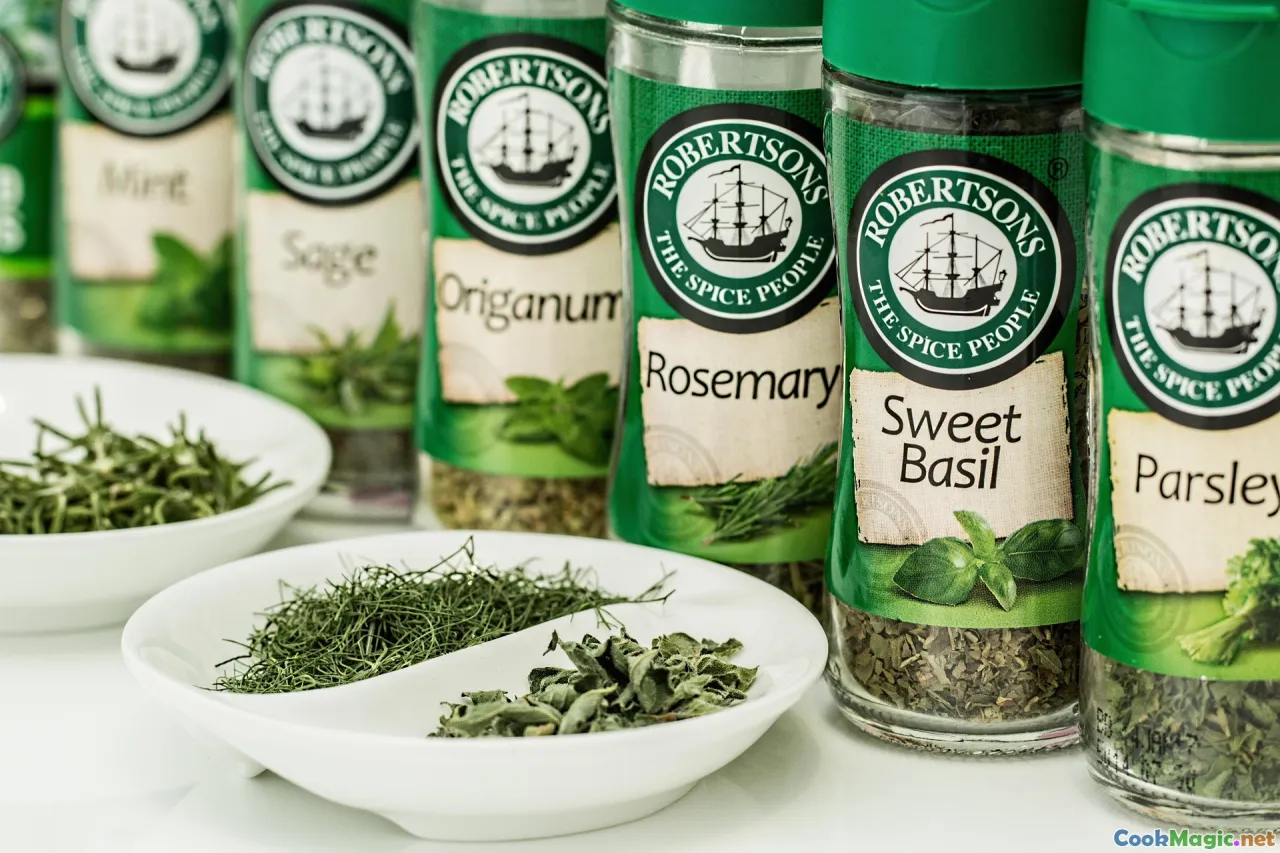
Key Spices and Aromatics in Everyday Vanuatu Cooking
Nestled amidst the sparkling waters of the South Pacific, Vanuatu is a land of vibrant cultures, lush landscapes, and deeply rooted culinary traditions. The aroma of freshly harvested spices wafts through coastal villages, and the bold flavors tell stories of history, community, and resilience. For anyone eager to explore the true essence of Vanuatu cuisine, understanding its key spices and aromatics is paramount—they are the heartbeat of every memorable meal.
In this journey, we'll uncover the rich tapestry of flavors that define everyday cooking in Vanuatu. From fragrant roasted cocoa shells to zesty leaves freshly plucked from the forest, each ingredient carries a tale, a seasonal rhythm, and an ancestral connection. Prepare to savor the sensory magic that elevates humble everyday dishes into celebrations of culture and identity.
The Foundation: Tumeric, Ginger, and Lemongrass
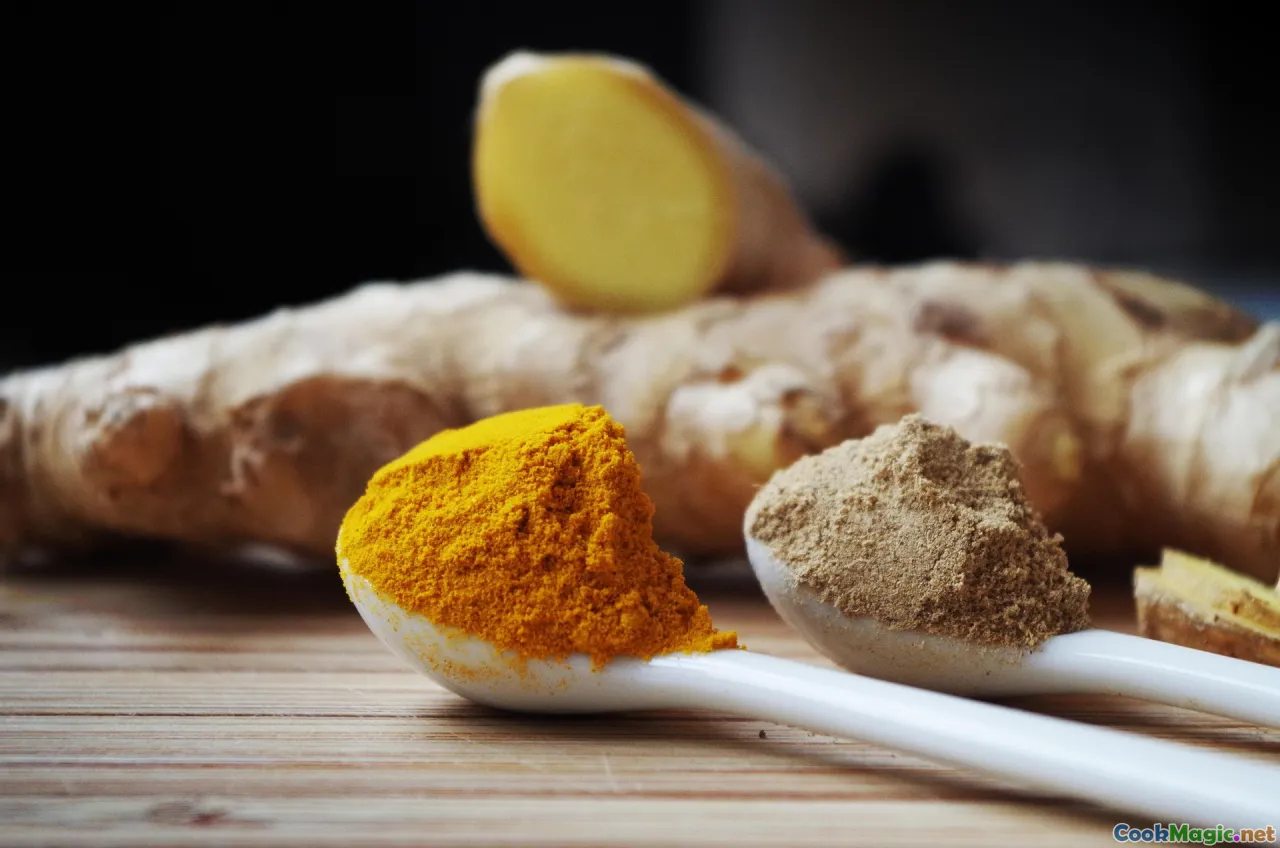
At the core of Vanuatu's everyday cooking are simple yet potent aromatics. Turmeric, with its earthy orange hue, not only colors local dishes but also introduces a warm, pungent aroma that evokes distant spice markets. Fresh ginger, sharp and slightly sweet, is a staple that awakens the palate—its invigorating scent can be smelled simmering in coconut milk-based curries or bubbling in ginger tea.
Lemongrass is perhaps the most evocative, releasing a lemony burst of freshness that cuts through the heat of chili and thickens sauces with its subtle, citrus fragrances. Teamed with local vegetables like taro leaves and island fish, these aromatics form the basis for many home-cooked meals, adding depth and nuance.
Tip: Grinding fresh turmeric roots into a paste releases a vibrant color and a distinct earthy aroma that enhances stews and marinades—an essential technique in Vanuatu kitchens.
--
The Charcoal Grill and Aromatic Blaze: Vanilla and Clove
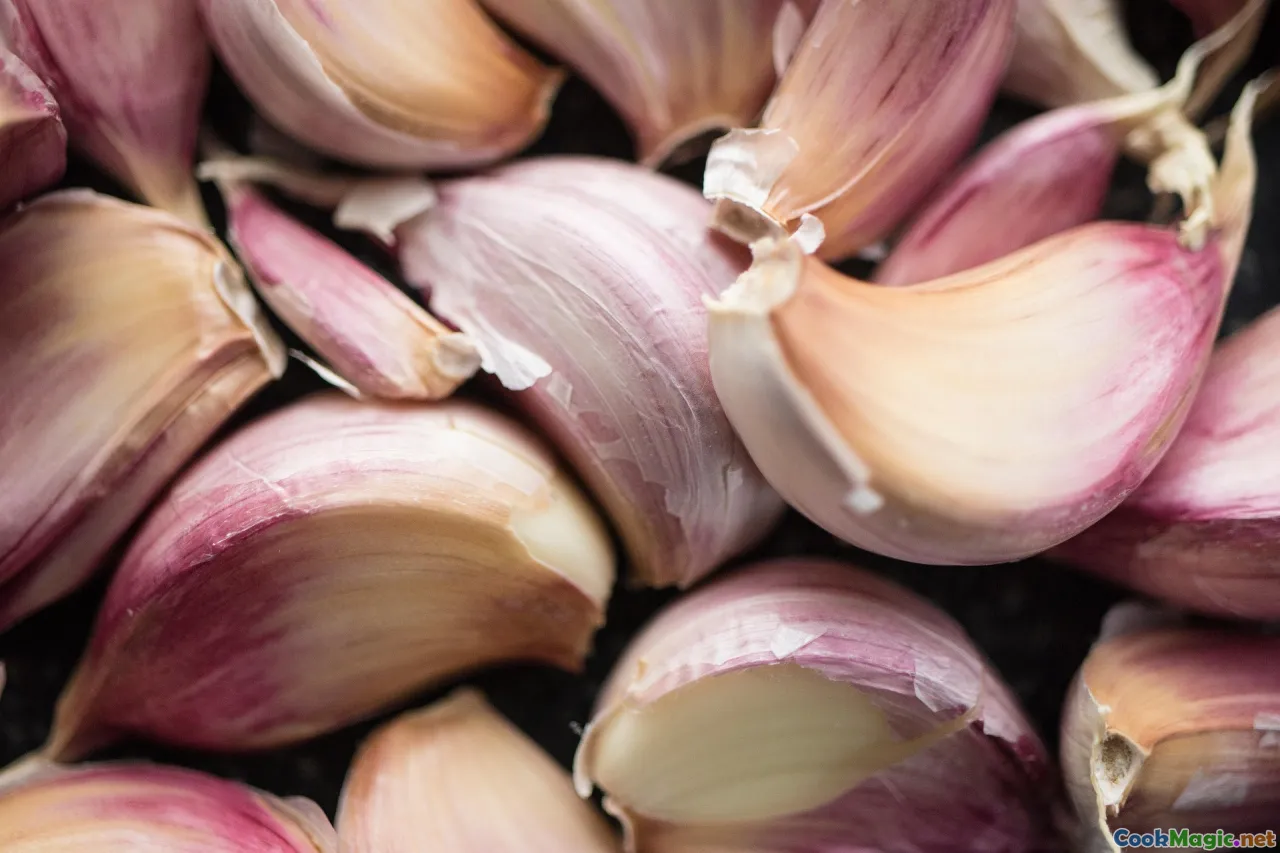
Vanuatu is renowned for its lush vanilla plantations, particularly on the island of Espiritu Santo. Vanilla pods, when dried and cured, become the aromatic gold of the archipelago. The sweet, floral perfume of vanilla is often used subtly in sauces or desserts, transforming confections into sensory delights.
Clove trees, with their fiery, slightly peppery aroma, are twined within traditional cooking fires. As woody clove sticks are sprinkled into open pits of charcoal or grilled over embers, their fragrance permeates the air, adding a smoky, spicy layer to roasted root vegetables or fish.
Storytelling: During island feasts, it's common to place clove-embellished banana leaves on hot coals, allowing the release of intoxicating aromas that beckon family and friends, entwining fire, spice, and community.
--
The Forest Whisper: Pandanus, Bobong, and Indigenous Leaves
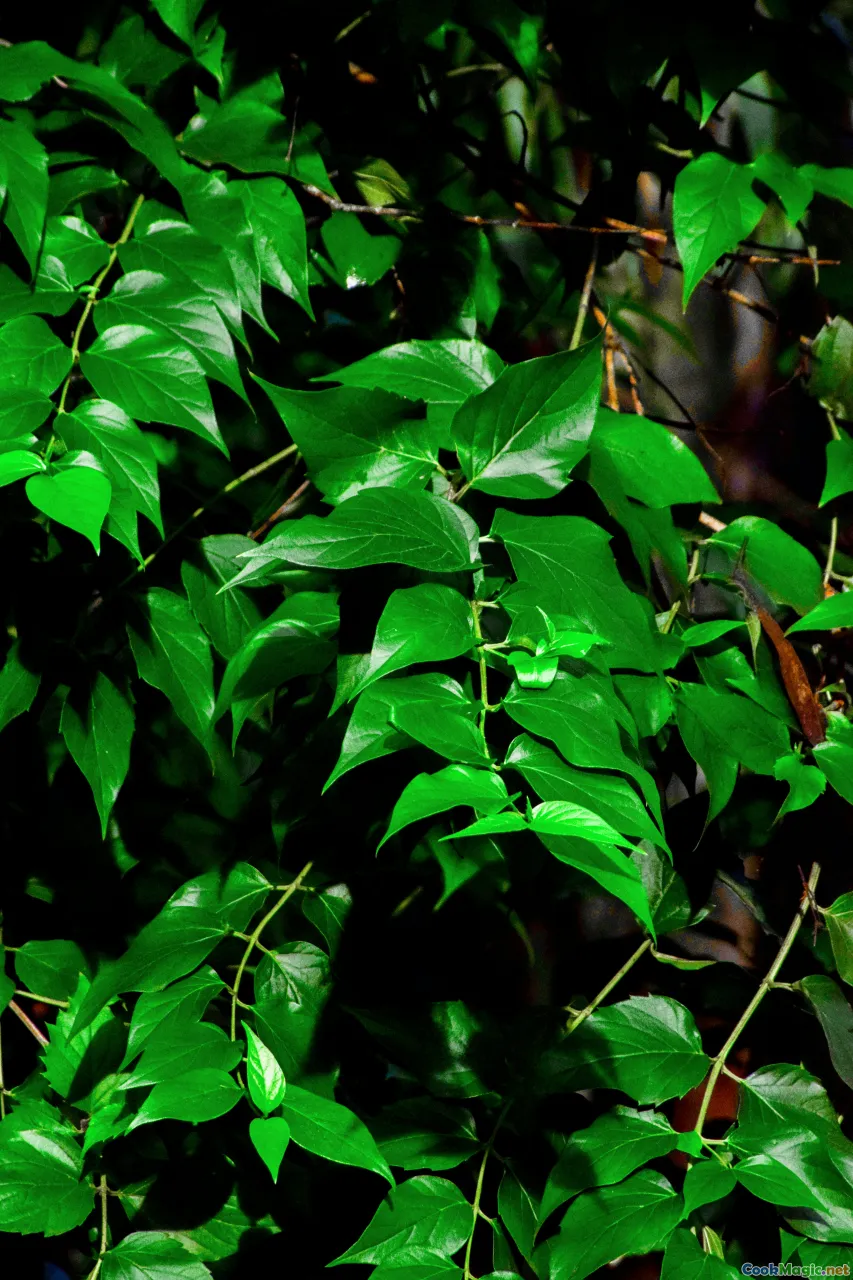
Vanuatu's rainforests are a treasure trove of leaves and herbs used in everyday cooking. Pandanus leaves, with their distinctive striped green and yellow lines, are soft, aromatic, and versatile. When woven into mats, they also add a fragrant note; when crushed, their scent infuses rice, coconut pouches, and seafood.
Traditional dishes incorporate wild, locally foraged leaves such as 'bong', a bitter herb, and 'kava', used mainly for ceremonial drinks but also as an aromatic addition in some foods. These indigenous aromas evoke memories of gatherings around communal fires, where scent and tradition intertwine.
Personal insight: I remember visiting a small village on Malekula, where the air was thick with the scent of crushed pandanus and freshly cut rainforest herbs—each whiff transporting me to generations of islanders honoring their land through food.
--
Spicing and Flavoring: Chilies and Local Peppercorns
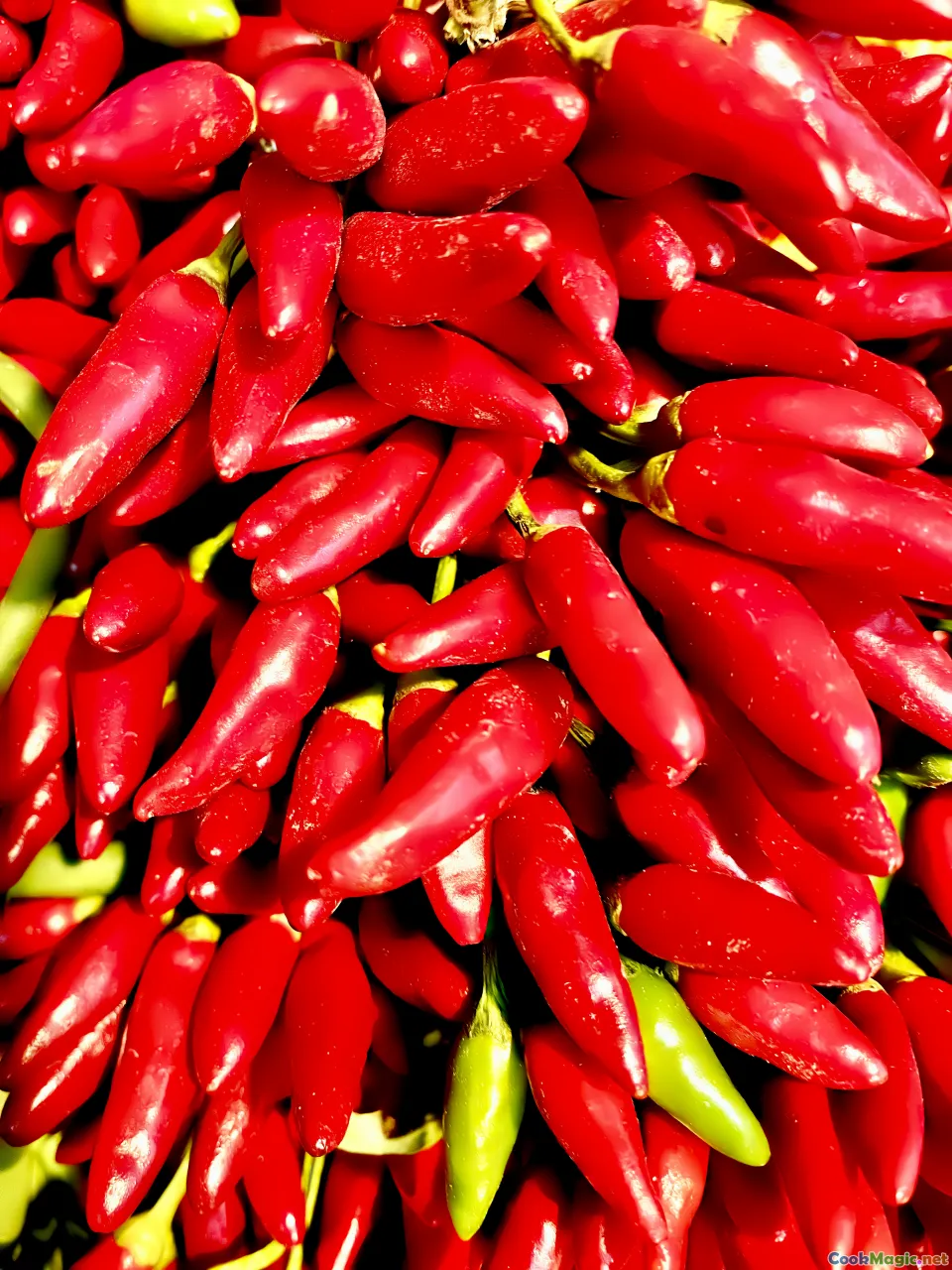
No profile of Vanuatu’s aromatics would be complete without mentioning its bold, fiery chilies. The tiny, sun-ripened red and green peppers pack a punch, delivering heat that awakens the senses and invigorates the dish. They are often crushed into pastes or sliced thinly over grilled fish or coconut salads.
Complementing chilies are the local peppercorns, often freshly ground. Their peppery heat, with hints of pine and citrus, add complexity to soups and savories, balancing the sweetness of coconut milk or the tang of lime.
Pro tip: To understand the role of chilies in Vanuatu, taste a traditional 'laplap'—a baking dish infused with chili paste that ignites both the palate and communal conversation.
--
The Sweet Pearls: Cocoa and Nutmeg

Vanuatu ranks among the world's top cocoa producers, and the dried shells are more than just waste—they're an aromatic ingredient. Roasting cocoa shells releases a smoky, chocolaty aroma that adds depth to stews and beverages.
Nutmeg, imported but embraced locally, lends a warm, sweet-spicy aroma perfect for desserts such as coconut pudding or baked yams. When freshly grated, nutmeg’s fragrance evokes cozy evenings and festival times.
And personal note: During a visit to the island of Aore, I tasted a local chocolate drink infused with cocoa shell powder—a velvety, aromatic experience that highlights the island's rich cocoa heritage.
--
Anchoring the Flavour: Traditional Techniques and Aromatic Blends

In Vanuatu, the cooking process itself often enhances aromatic depth. Pitcher plants, coastal herbs, and crushed indigenous leaves are combined to create aromatic pastes or rubs—apply a hint on fresh fish before grilling, or knead into root vegetable doughs.
A classic example is the preparation of 'laplap', wrapped and baked in banana leaves, where aromatics are embedded into the dish, cooking slowly under hot stones, releasing fragrances that seep into the meat and vegetables.
To truly appreciate Vanuatu's flavor profile, learn to balance aroma and heat—use fresh, local ingredients and adapt techniques passed down through generations.
--
Tips for Incorporating Vanuatu Aromatics into Your Cooking
- Opt for fresh or locally sourced ingredients to capture authentic aroma and flavor.
- Experiment with combining floral and smoky elements, such as vanilla and roasted cocoa shells.
- Use indigenous herbs and leaves for infusion—these can elevate everyday dishes with minimal effort.
- Embrace fire and smoke in your cooking, infusing dishes with deep, aromatic layers.
- Share meals family-style to experience the full richness of Vanuatu's aromatic traditions.
Vanuatu's spices and aromatics tell stories of volcanic soils, ocean breezes, and ancestral wisdom. They transform humble ingredients into poetic dishes that celebrate life, land, and community. Whether you’re a home cook or a professional chef, exploring these vibrant flavors offers an invitation to connect with a cuisine that’s as soulful as it is flavorful.
Treat yourself to the sensory journey—your palate, mind, and heart will thank you for it.









